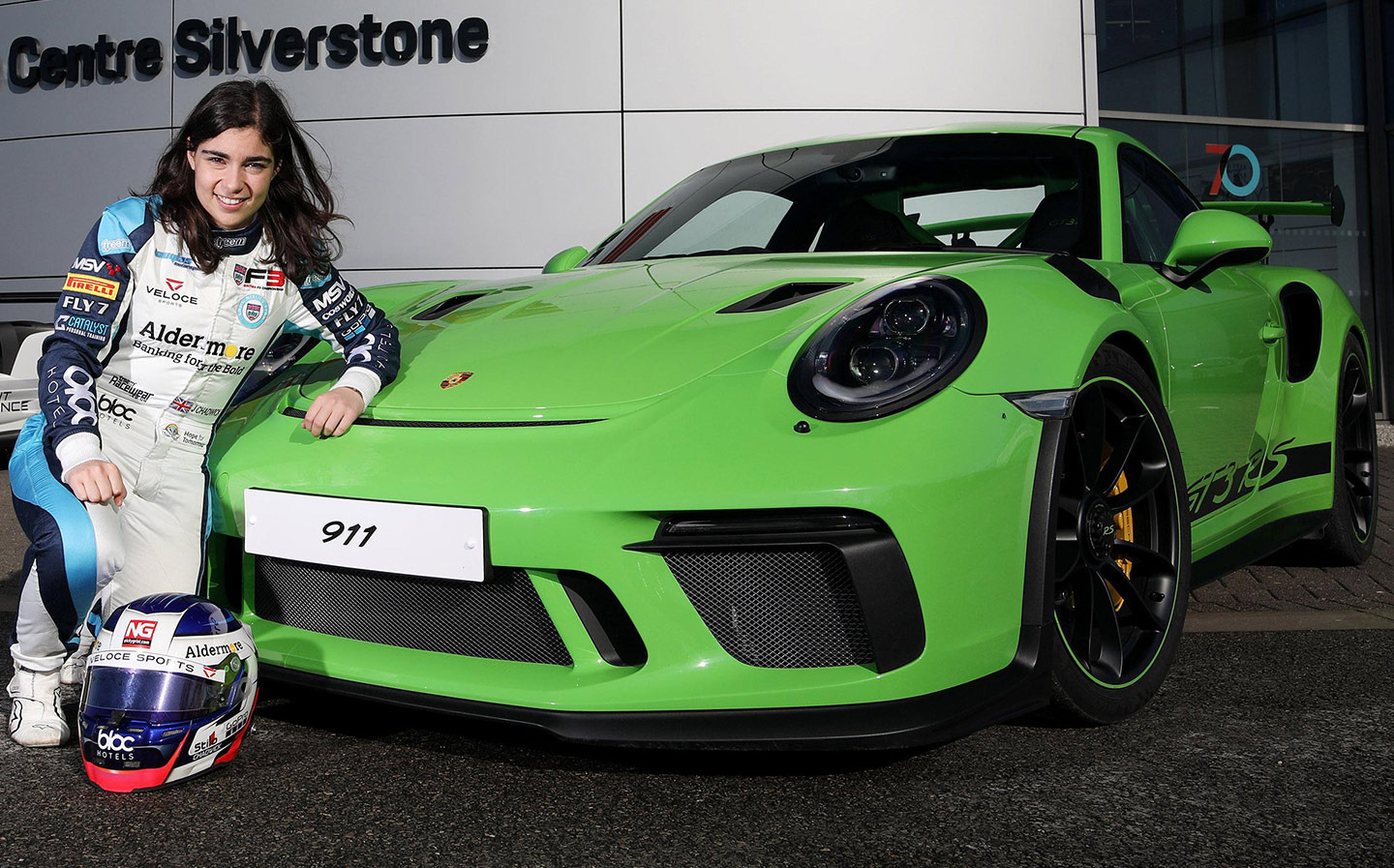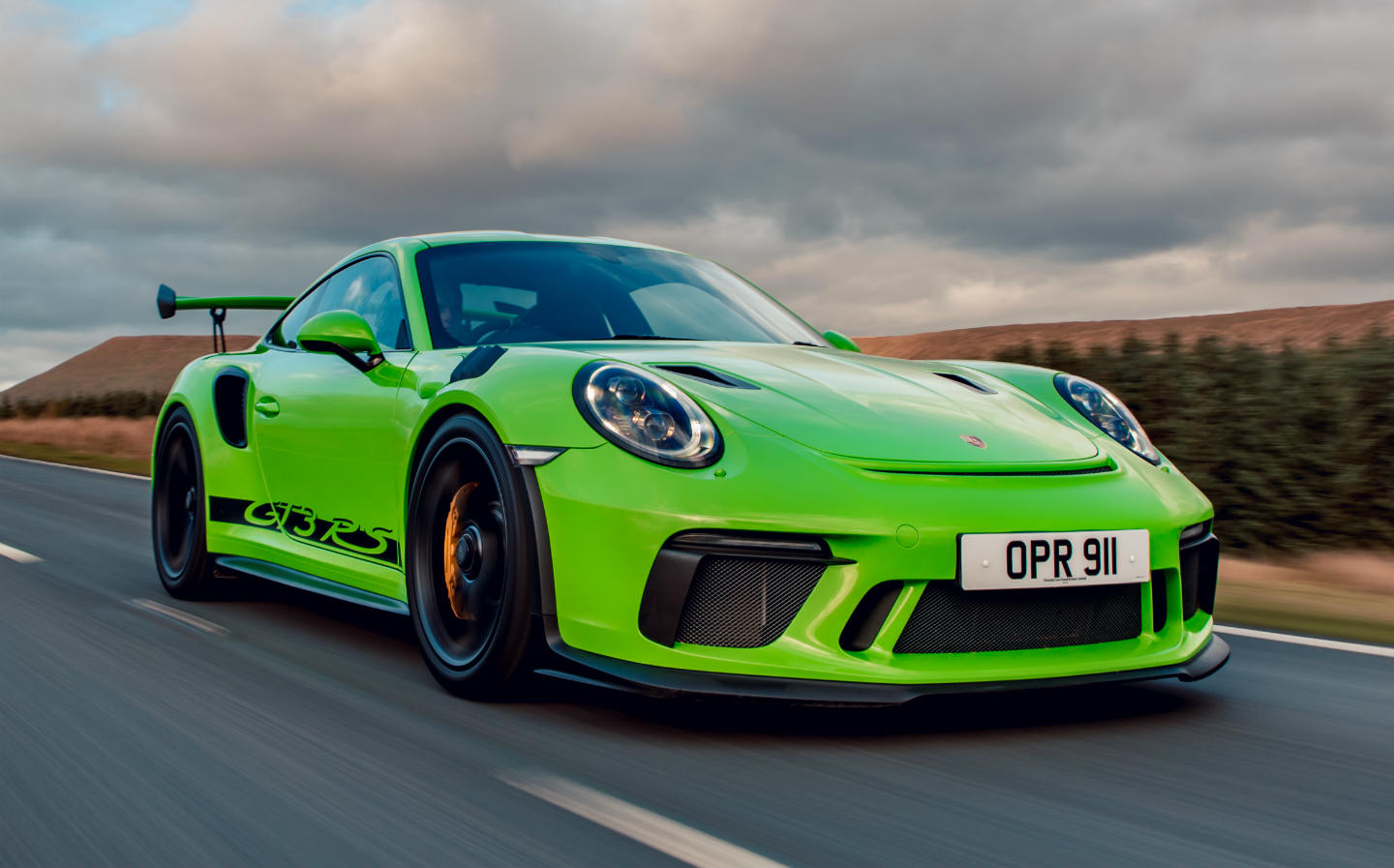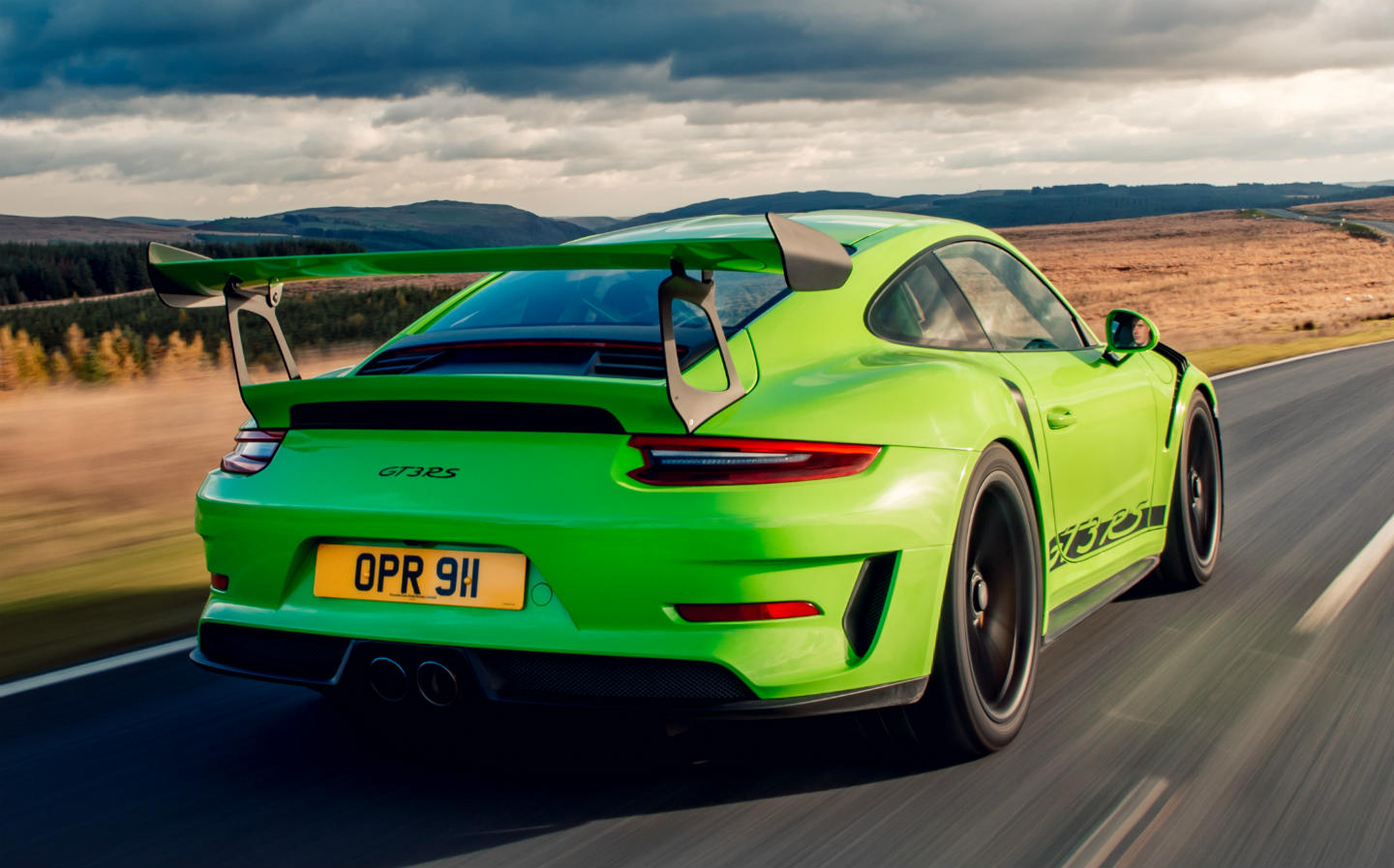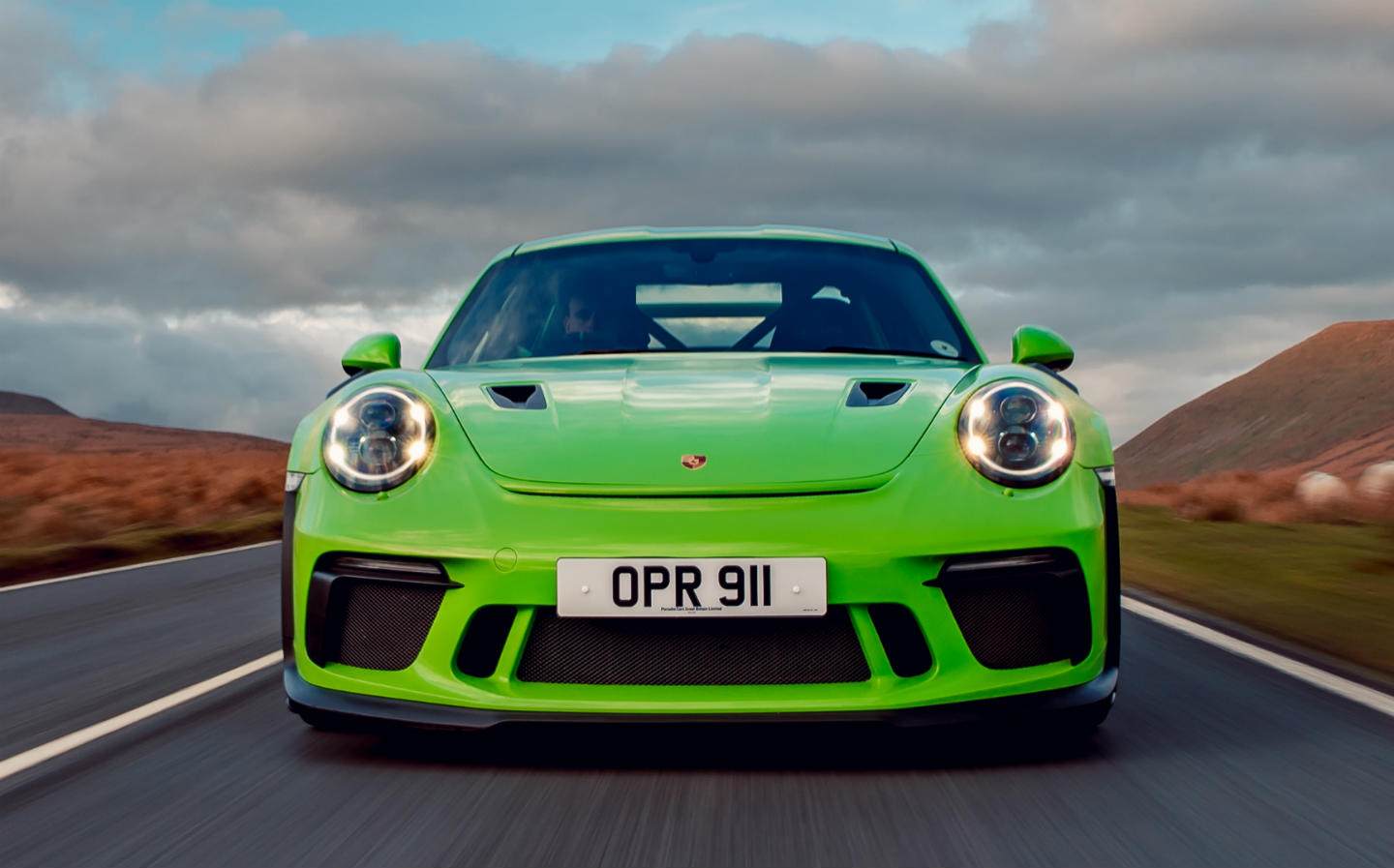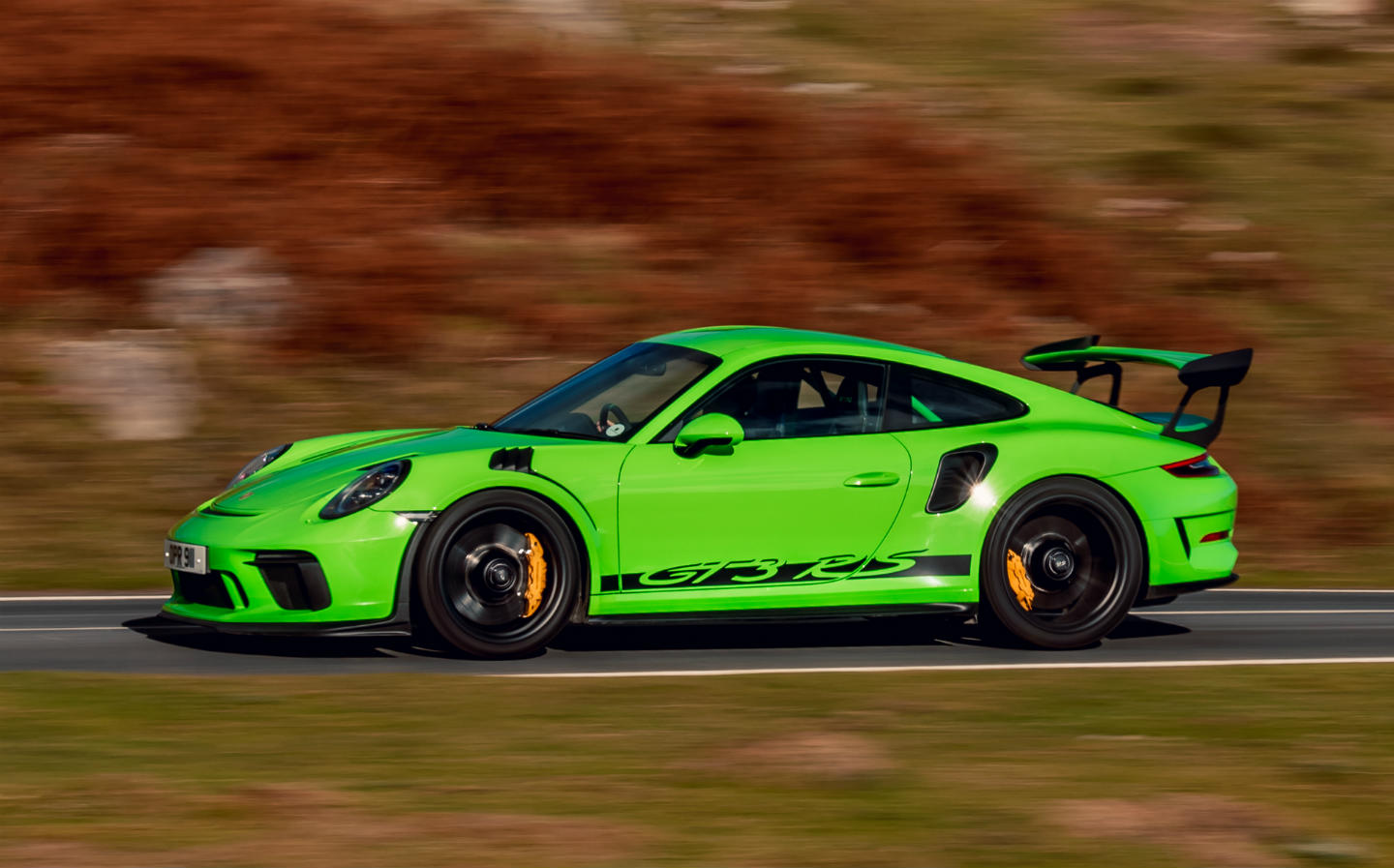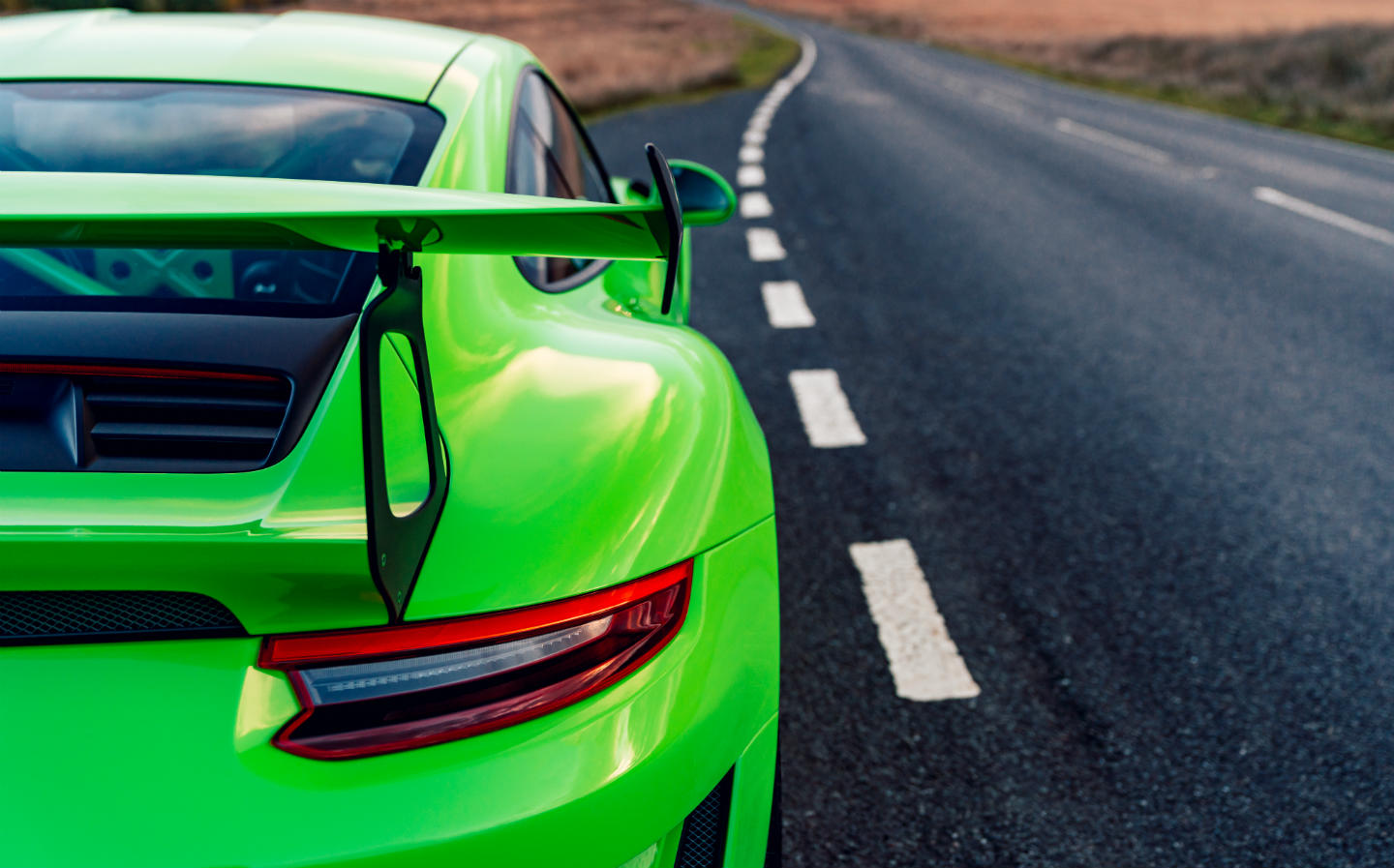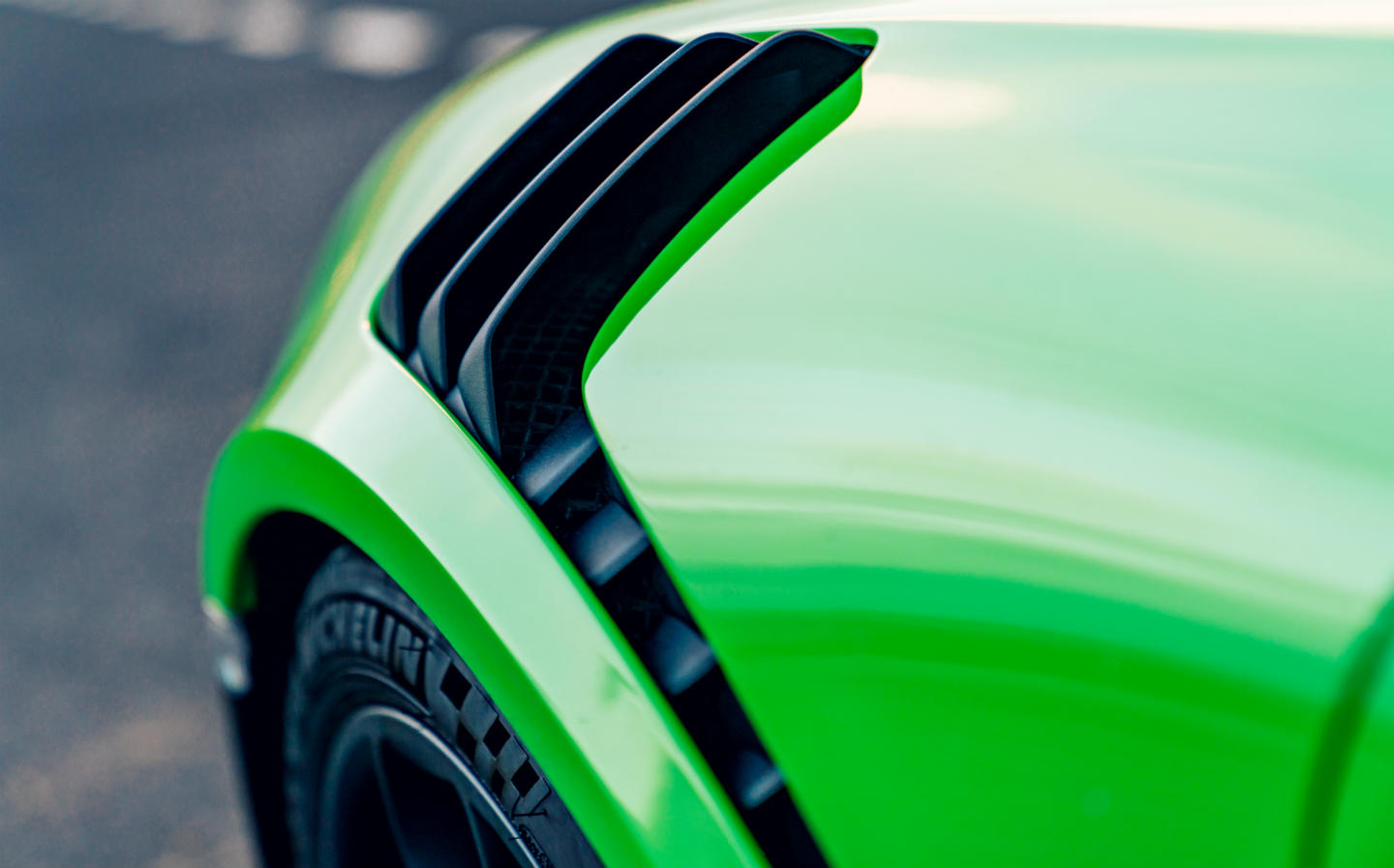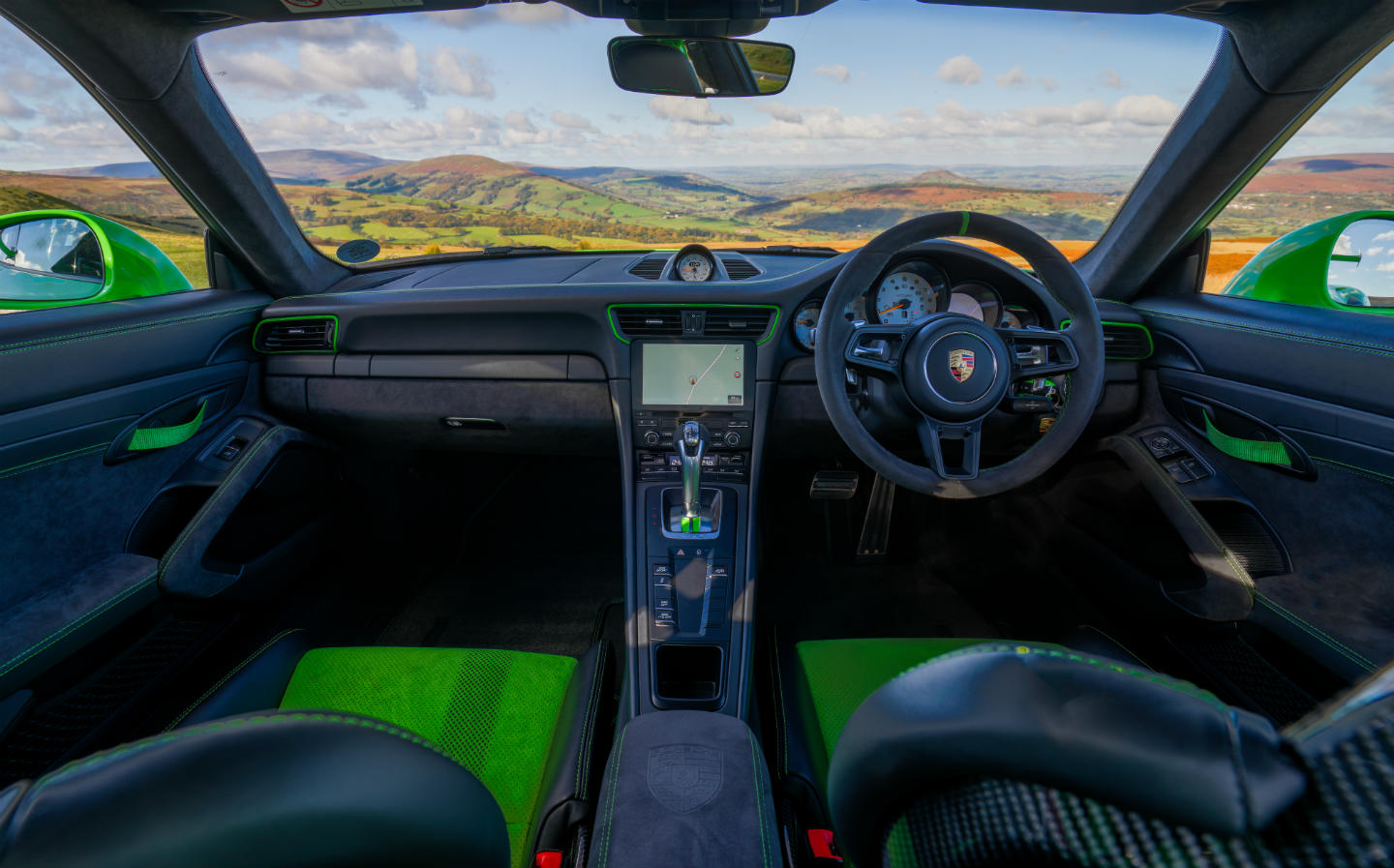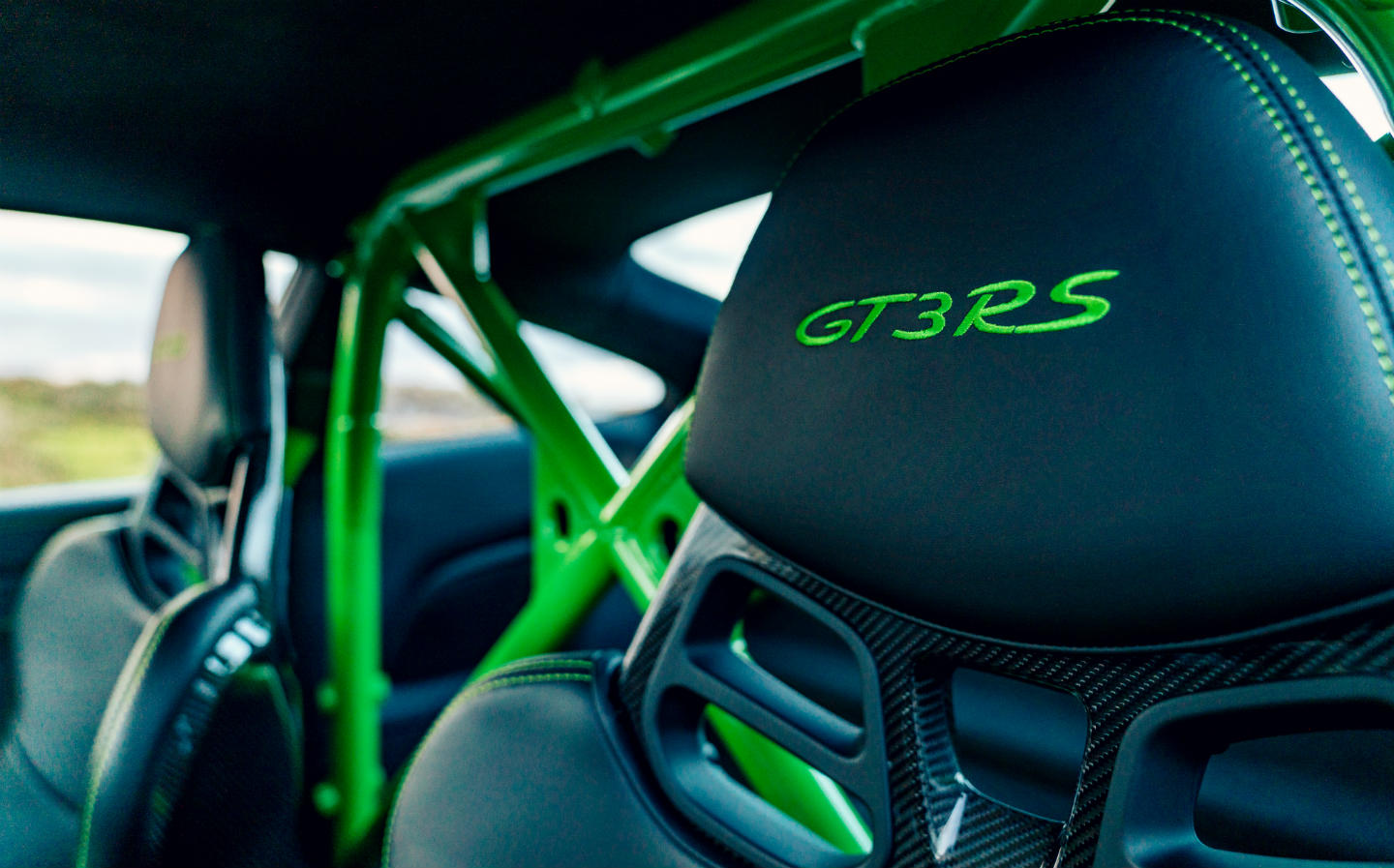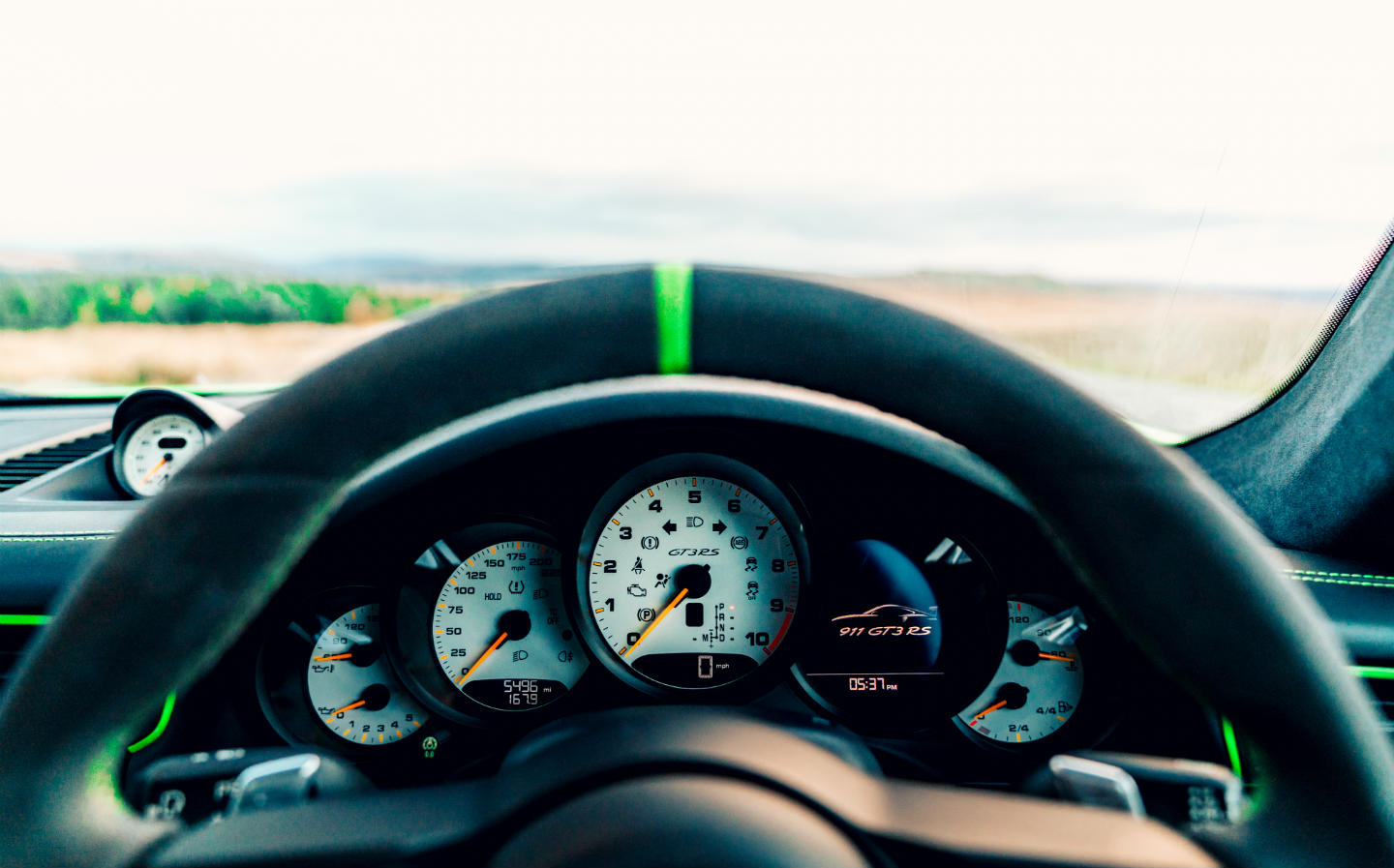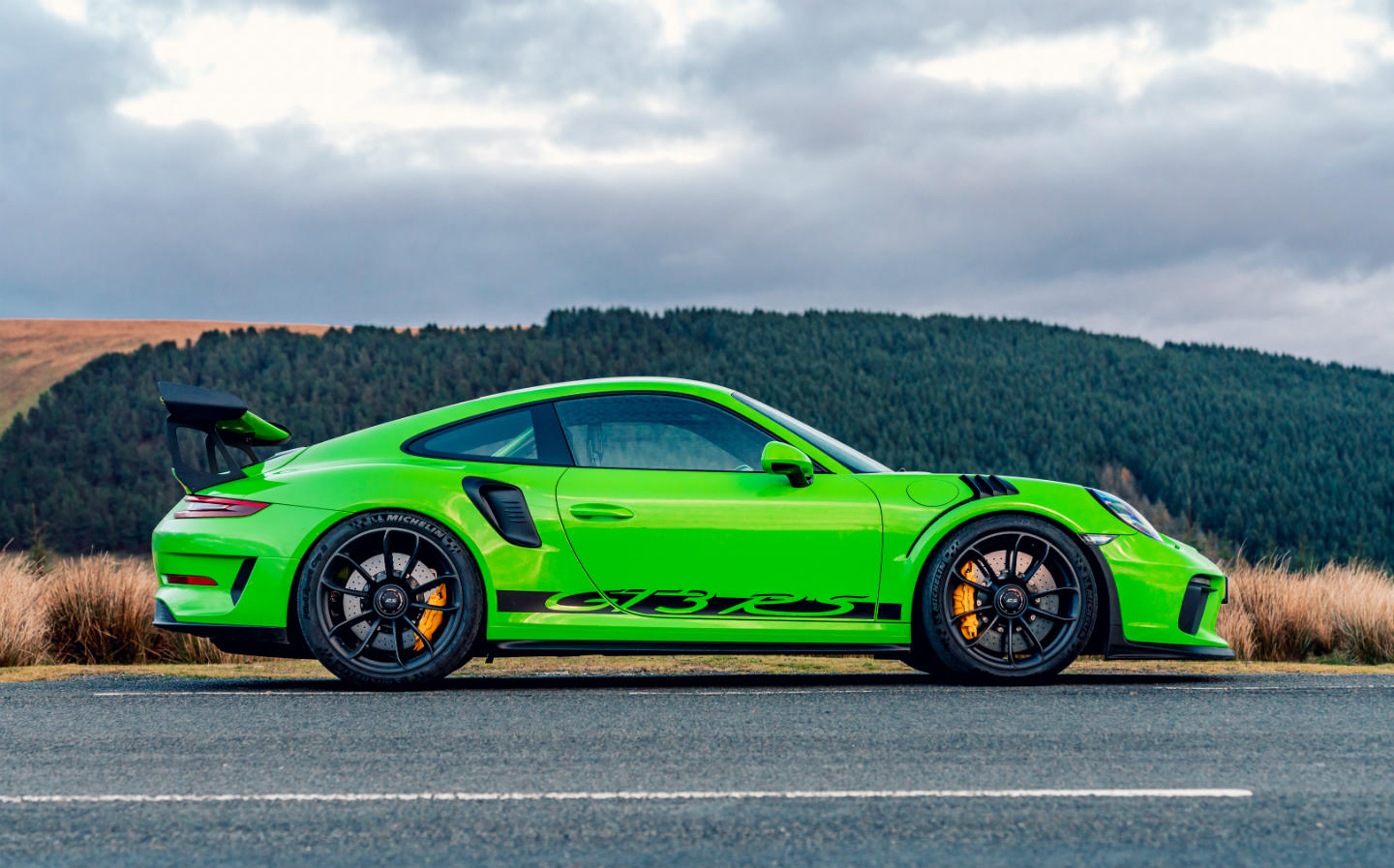2019 Porsche 911 GT3 RS review by racing driver Jamie Chadwick
So fast you may need fireproof pants
AS A 20-year-old racing driver, I find my road cars always pale in comparison with the sort of high-speed machinery I’m allowed to drive on the track. My current runabout is a reliable VW Golf GTD — about the best car of its type for the money, but a car for churning out the miles rather than setting pulses racing.
If I wanted to buy anything significantly more adrenaline-boosting, I’d have to sell my worldly goods and live in it just to afford the insurance. Fortunately, racing cars is my day job, so I go thrill-seeking at work.
When I became the first woman to win the British GT Championship, in 2015, with my co-driver Ross Gunn, it was in a stripped-out, souped-up Aston Martin Vantage. I’ve driven a host of Astons since, both road and racing cars, as well as single-seaters, some Porsches and the odd McLaren. Last summer I became the first woman to win a Formula Three race.
And now The Sunday Times has let me loose on a Porsche 911 GT3 RS, a car with such a capacity for tyre-shredding that I’m surprised it was ever made road-legal.
To test it, I’ve come to the Porsche Experience Centre, next to Silverstone: three miles of handling circuits and test tarmac that has more in common with your average B-road than a racetrack.
Porsche invites all of its UK customers to try its cars here. Buy a new Porsche — even one of the SUVs — and you’ll be given a free session with an instructor, either in your own car or a loan vehicle. It allows you to test not only your own limits, but also the abilities of the car.
Critically, it is also where a young driver like me can get her hands on a 513bhp supercar without having to worry about insurance. This is one of the fastest cars I’ve driven without the need for fireproof underwear.
At this stage in my career, I can hardly stretch to the £141,000 cost of a GT3 RS, but I can dream. I’ve just won a racing series called the MRF Challenge, competing in Dubai, Bahrain and Madras, and the prize money just about covered my overheads and entry fees. That’s the reality of most sub-F1 single-seater series.
Formula E, the all-electric version of F1, is an exception to the rule: the rewards are more generous. I’ve been doing some testing for one of the British Formula E teams, NIO.
I’m also competing in the all-female W Series, which starts in May. The idea of a separate championship for women may sound controversial to some, but it’s a fully paid-for season, at prestige events, with prize money and commercial opportunities, so for me it’s the perfect chance.
I learnt to race by following my older brother, Ollie, onto the karting track. It wasn’t a world my parents had experienced before. Dad likes his road cars and did once have a Porsche, but now he drives a Land Rover Defender. Mum is more into actual horses than horsepower.
I got my lucky break — and most racing drivers, male or female, are going to need one — at 14, when I won the Ginetta Junior Scholarship in the race series for under-18s. Since 2015 I’ve had support from Aston Martin.
Opportunities such as the W Series will enable more women to climb the racing ladder. It’s all about finding what they call career traction.
Despite being a road car, the 911 GT3 RS is even more savage than the racing version
Traction is not something the GT3 RS lacks — in fact, that’s its party piece. There’s the standard launch control activation: hold your left foot on the brake, push the throttle down to 6000rpm and let go of the brake. Then there’s the hand-controlled start: hold the gear paddles, bury the revs and release the paddles. The clutch dumps, the gearbox engages and the engine has an angry frothing fit, but the tyres find grip and the propulsion is seamless.
The initial pull-away feels about the same as it does in a Formula E car, which is to say the GT3 RS has instant torque and huge acceleration. By second gear, though, the Porsche would have pulled ahead of the electric racing car. This is a very fast machine in a straight line, and it’s even faster around corners, as its Nürburgring time of 6 minutes and 56.4 seconds shows.
One key to the GT3 RS’s agility is the engine. Porsche’s six-cylinder naturally aspirated boxer engine is a delight — and an endangered species. Everything’s going turbo, so I really savour a power plant that’s high-revving and instantly responsive.
The second thing the GT3 RS has going for it is four-wheel steering. This is an understeer-free zone. Sure, it’s 177bhp down on the turbocharged GT2 RS (which, in any case, is no longer for sale), but it’s lighter and much more precise, meaning it feels more like a racing car. You can get on the power much earlier in the bends, and it’s easier to slide with confidence.
The skid pan is where I let loose completely. What I love about the GT3 RS is that the driver aids kick in only if they’re really needed; if things start to get out of control as you throw it around, it’ll catch you. Or you can turn the traction control off entirely and simply enjoy the burn.
In heavier, more powerful supercars you have to be patient, but this car — just like a racing car — doesn’t want you to be smooth. It loves nothing more than maximum pressure on its massive brakes.
I’ve driven the racing version — the GT3 Cup car used in Porsche’s Carrera Cup — but the GT3 RS is even more savage. That’s because, although it’s 100kg heavier, it packs an extra 34bhp, revs to a dizzying 9,000rpm and has a quicker transmission.
Inside are all the creature comforts you won’t get in a racing car (or in your average Golf, for that matter), and I love weight-saving touches such as the canvas door pulls.
This is a sprint car designed to be ragged from ignition, and it’s the only road car in which I’ve felt compelled to keep my left foot over the brake pedal.
The car does calm down if you short-shift to keep the revs low, though: you could cruise to the south of France in relative relaxation as long as you could control your need for speed, albeit with room for little more than a toothbrush. There are things in the back that look like seats, but since they’re behind a roll bar, they can’t accommodate more than a handbag. Even then, it had better be a small one.
Don’t expect to be able to drive this car down to Cannes unnoticed. A standard GT3 Touring — the one with no spoiler — is a more elegant beast and probably the better choice for that holiday road trip. And, given the choice, I’d tone the exterior styling down a bit — especially the lizard-green bodywork.
From an engineering point of view, though, the GT3 RS is a thoroughbred. If you get the chance to drive a high-performance Porsche in anger, then this is the one. I had a smile on my face all day, and was tempted to stay on the track until the fuel ran out.
Jamie Chadwick is the 2015 British GT champion, and will race in the inaugural W Series racing championship later this year.
Head to head
Porsche 911 GT3 RS vs McLaren 600LT
| Porsche 911 GT3 RS | McLaren 600LT | |
| Price | £141,346 | £185,500 |
| Power | 513bhp | 598bhp |
| 0-62mph | 3.2sec | 2.9sec |
| Top speed | 193mph | 204mph |


